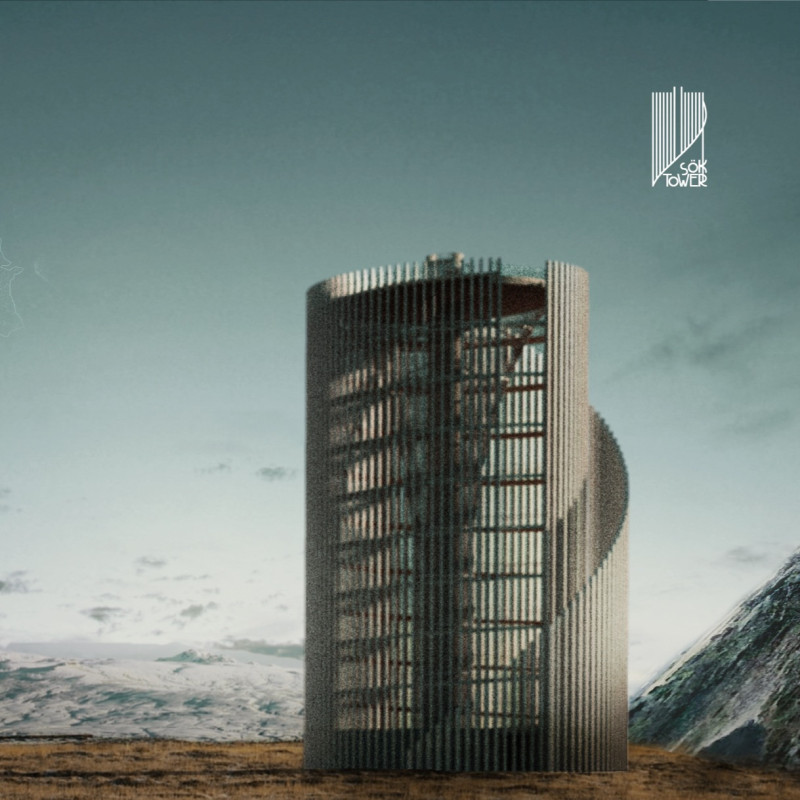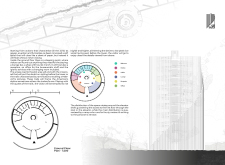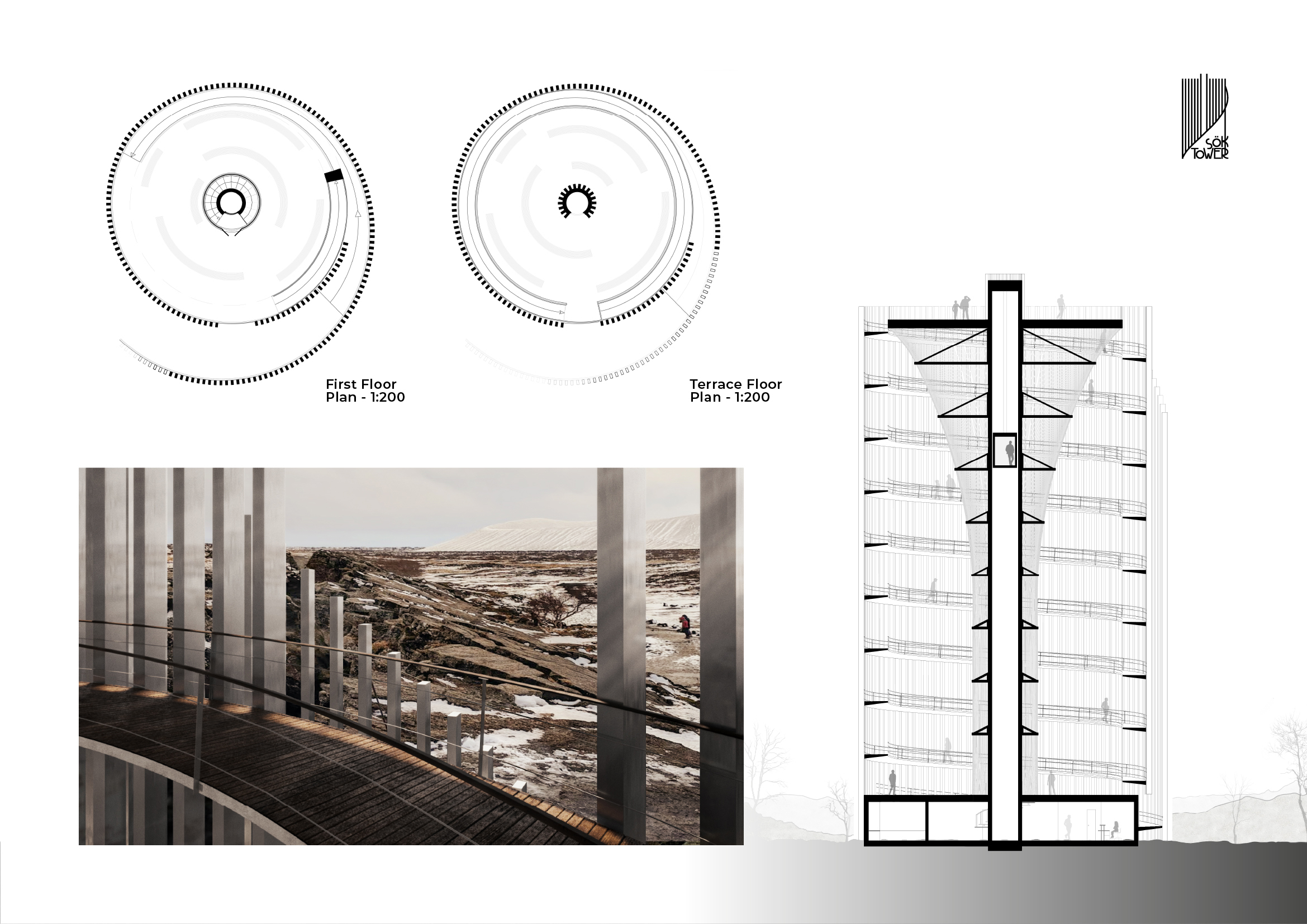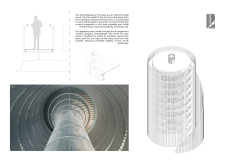5 key facts about this project
The architectural project located in [insert geographical location] presents a thoughtful response to its context through a combination of functional design and strategic material use. This project is aimed at [insert primary function], serving [describe the primary user group or community]. Through its layout and design, it embodies principles of modern architecture while addressing specific needs and local characteristics.
The overall form of the design is defined by [describe basic form and layout], orienting spaces to maximize [insert relevant factors like natural light, views, or privacy]. Each area is purposefully organized, allowing for efficient movement and interaction. The design facilitates [describe key functions or activities], ensuring that user experience is enriched through both practical and aesthetic considerations.
Specific Features and Unique Approaches
One of the most notable aspects of this project is its integration of sustainable practices. The use of low-emissivity glass enhances thermal performance while minimizing energy needs. Additionally, the design incorporates a rainwater harvesting system that supports landscape irrigation, demonstrating a commitment to environmental responsibility.
The choice of materials plays a critical role in defining the project's character. Reinforced concrete offers structural integrity paired with an industrial aesthetic, while sustainably sourced timber elements provide warmth and texture, enhancing the overall sensory experience of the space. The melding of these materials speaks to an understanding of context, functionality, and sustainability that is central to contemporary architecture.
Architectural Details and User Experience
The project's architectural sections reveal a careful consideration of scale and proportion, ensuring that spaces feel welcoming and functional. Key design elements include [describe key architectural features like a cantilevered roof, open floor plans, or multifunctional spaces]. These features contribute not only to the visual interest of the structure but also to the adaptability of spaces for various functions.
The architectural plans illustrate how the design facilitates user interaction and promotes community engagement. The incorporation of public areas serves to create opportunities for social gathering, enhancing the project's role within the community landscape. Furthermore, thoughtful landscaping contributes to the connection between built and natural environments, enriching the user experience.
For a more detailed exploration of this architectural project, including its innovative design and sustainable features, readers are encouraged to review the architectural plans, architectural sections, and architectural designs that provide deeper insights into the project's comprehensive approach and execution.






















































